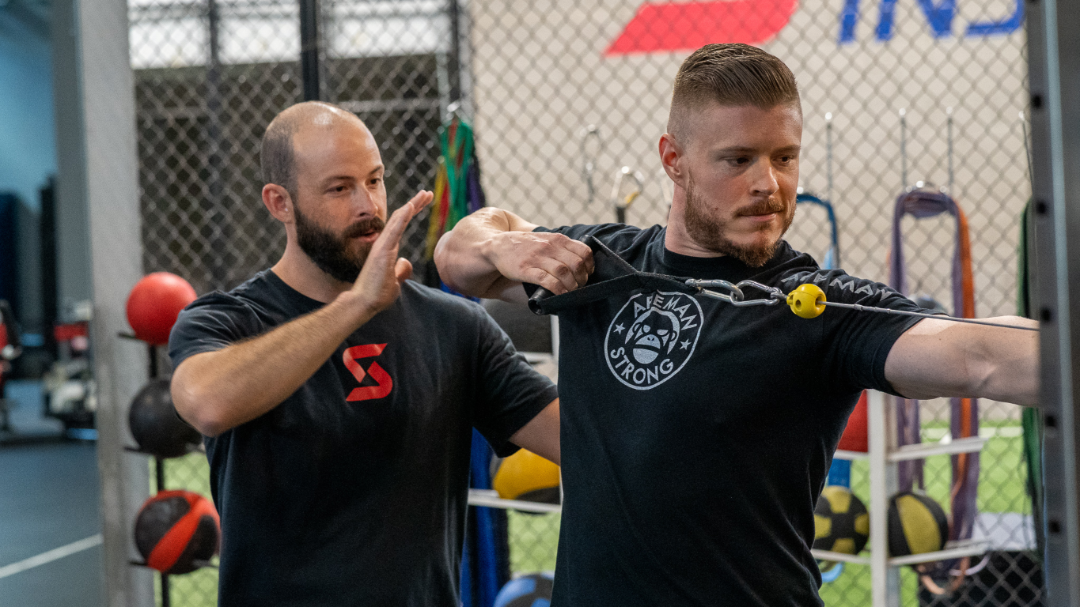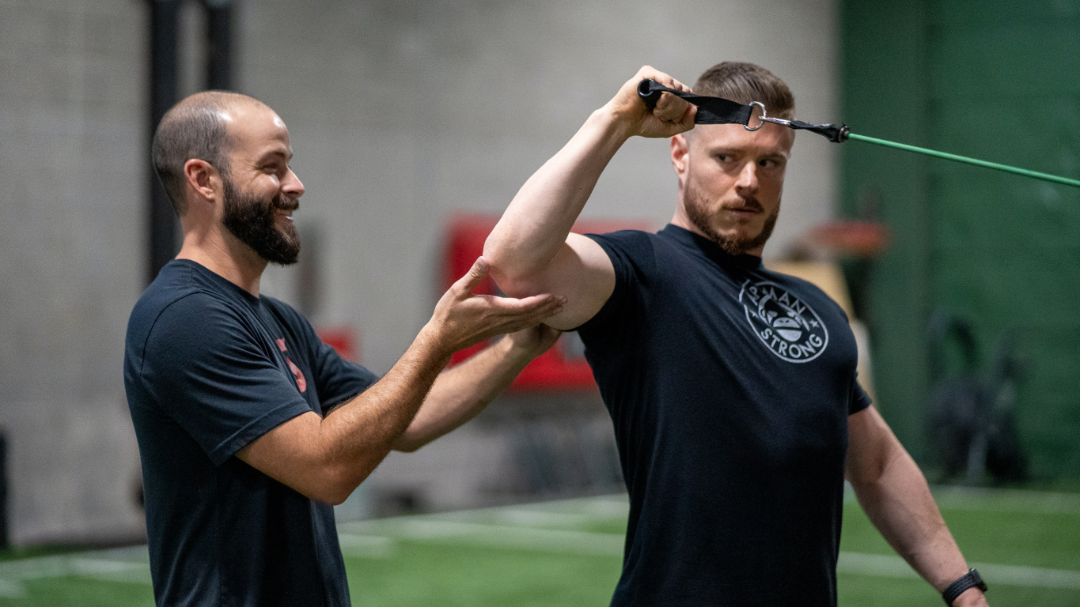Archery is a great way to challenge yourself mentally and physically. It not only is an excellent workout that is hard to master, but it is also a great way to test your patience and focus. It poses the challenge of accuracy, distance, and the importance of form. Form directly impacts how an archer or a bowhunter will perform, so it is vital to understand how set oneself up for the most successful shot.
Bowhunting, especially in the West, requires carrying a load of 50 or more pounds in a variety of terrains and weather conditions. Every bowhunter wants to push themselves to be able to stay longer and go further. However, the physicality of the sport can limit the hunt and the athlete’s ability to traverse new spaces.
Preparing to be physically able to be in the field for days and execute a successful shot is vital for the archer and bowhunter.
Preparing for Bowhunting with a Proper Warm-up
The best way to prepare for a successful shooting session is through a proper warmup.
Be sure in a shooting session, either in the field or on the range, to not shoot to exhaustion. This could lead to strains and other muscles compensating for weakness. Check in with your body throughout the session to ensure muscle exhaustion is not happening.
Check out Spooner blog, “Warmup Mistakes You Didn’t Know You Were Making,” for more information on a proper warmup.
The Importance of Correct Form
Archery requires the ability to pull back 50-75 pounds with one arm, while drawing the bow smoothly and with control, careful not to jar or shake the bow up and down. Failure to do so can result in poor form, the risk of the game/target gaining awareness of your movements, and a risk of injury.
The first decision regarding positional stance is highly critical for correct form. The archer must read the terrain and adjust their foot placement accordingly, with one foot closer to the target to make the body more open or closed to the target. Their core needs to be engaged, which is supported by a stable base: hips over the feet and shoulders over the hips.
Next, the archer needs to stabilize their bow arm. The bow arm should be nearly straight. If the arm is completely straight or hyperextended, joint pain or “bow string slap” (when the string strikes the inner arm) may occur. If the arm is too bent, there will be muscle exhaustion and poor stability, causing over compensation by other musculature.
The draw arm should come up towards the jaw and the elbow should be nearly in line with the nose. It is also important to maintain a tall posture and keep the elbow high while drawn back to maximize engagement of the back muscles and create consistency within each shot.
Physical Therapy for a Successful Shot
Working with a physical or occupational therapist for form and strength training will help the athlete have success at the highest level. Spooner therapists will work with archers on:
- external and internal rotation of the shoulder to ensure that the archer’s shoulder is ready for repeated draws
- scapular movements within treatment to increase control of bow
- increasing mobility of the thoracic and cervical spine to rotate effectively to perform a smooth, controlled draw
- a strengthened core to hold a steady shot for long periods of time and in unconventional positions.
Spooner therapists will work with the athlete to reduce the likelihood of injury or treat injury due to bowhunting and general archery. Taking the proper steps to improve form and move better can help reduce the likelihood of injury. However, if you are having pain or difficulty, it is extremely important to consult a professional to diminish the chance of lingering injury.
Archery is a very difficult sport to master, and injury doesn’t have to add to the challenge. Maximize your success in the field and the range by ensuring you are taken care of by a movement professional who understands the nuances of the sport you enjoy.
Edited 8/16/2022
If you want to maximize your success on the range or field, or if you are experiencing discomfort with bowhunting, Spooner is here to help! Schedule an appointment or complimentary assessment today!


